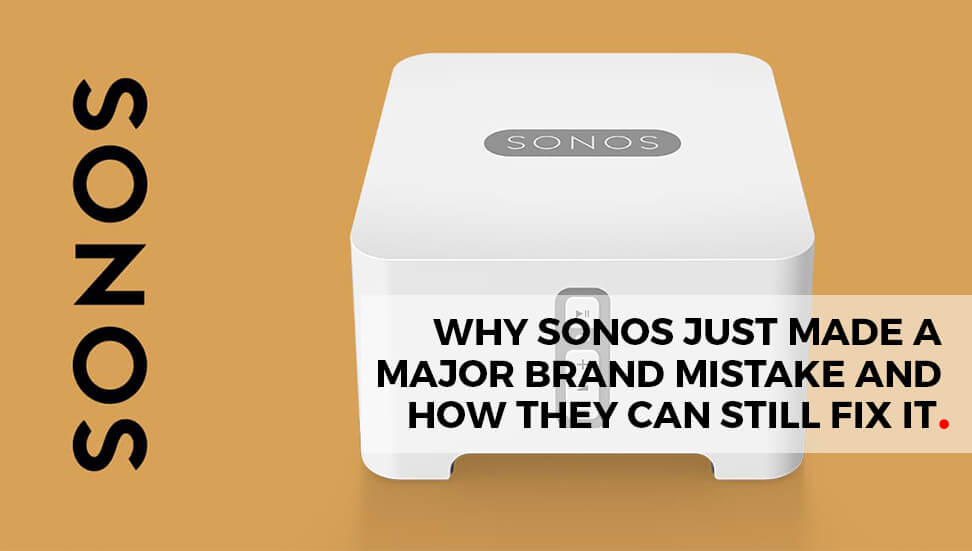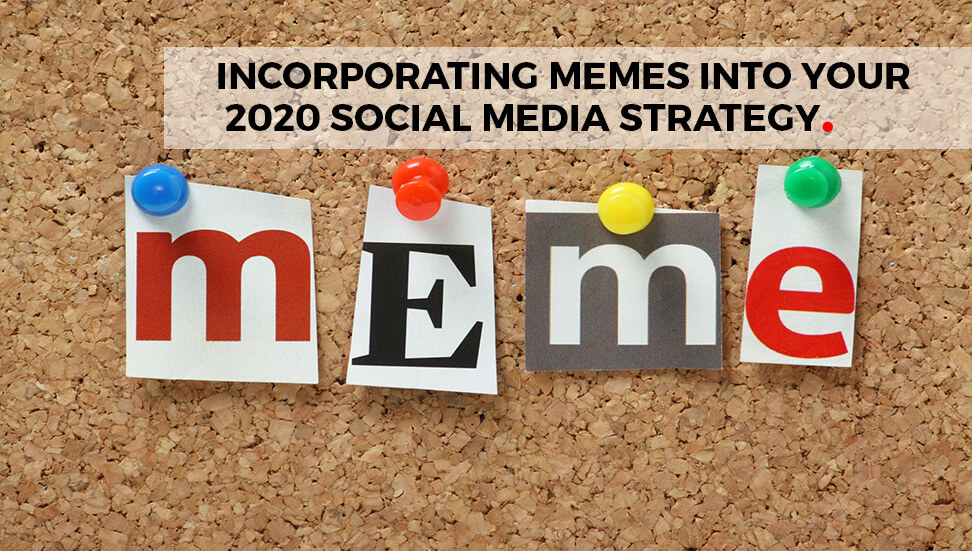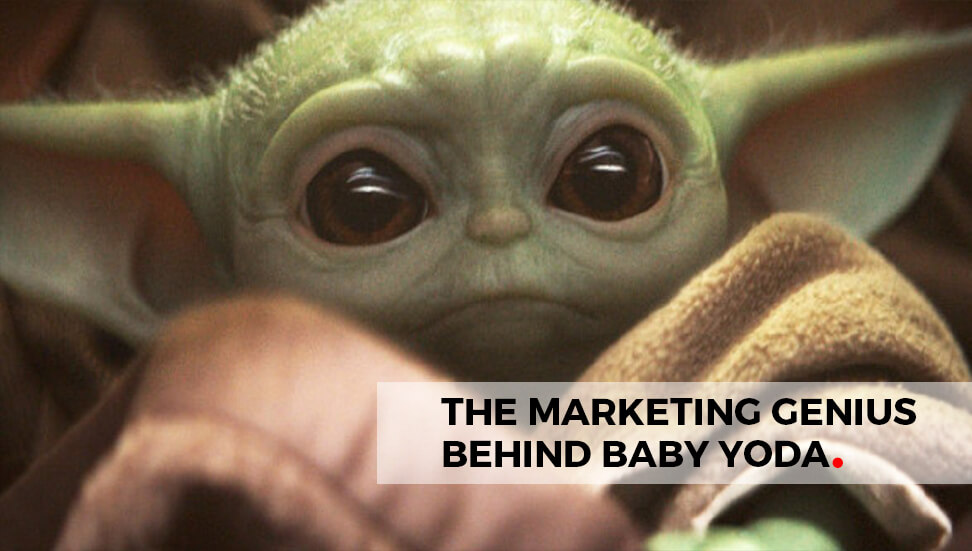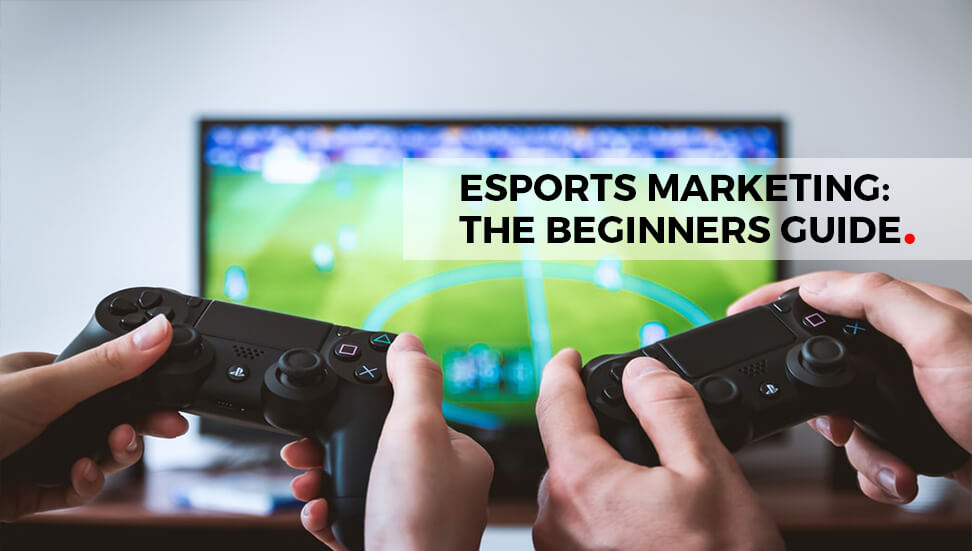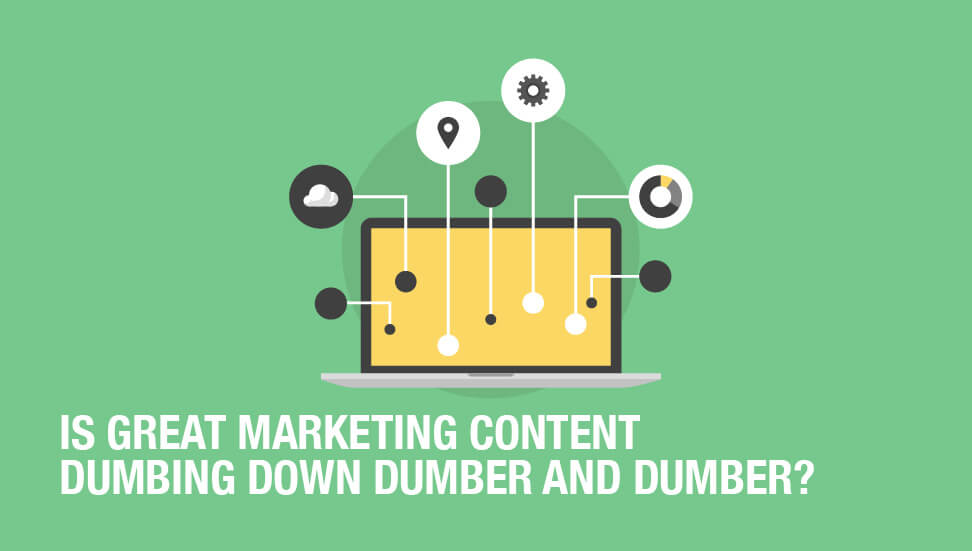On October 24, 1995, the FNC unanimously passed a resolution defining the term ‘Internet’ to mean the remote file sharing that had been developed and used on for some years, but more importantly, with the confirmed name came the merchandising of the service. Through consumerism, the digital age was born!
The internet has survived a huge amount of change when you think that it was conceived in the era of time-sharing and snail mail, but has survived through the era of personal computers, client-server and peer-to-peer computing, and the network computer. It was designed before LANs existed, but has accommodated that new network technology, as well as the more recent ATM and frame switched services. One of the strengths of the internet is that it is extremely accommodating and flexible, but that strength is also its greatest weakness. The system is so accommodating that the sheer volume of information it holds gives rise to poor quality content and its ability to be shared, then re-shared, then shared again. But is it dumb content or poor quality content?
The question has to be asked: are we dumbing down the content of the internet or do other constraints mean that we use poor quality material?
Let’s look at the driving factors for posting web content:
- To Draw in leads
- To Please the search engine bots
That’s it – just the two. I’m sure you were expecting a much longer list, but really all the web design you can think of is a carefully crafted campaign to either draw new prospects in or romance the search engine bots so that their web page ranks higher. To be fair, there are some sites that are put up as information boards or pet projects for people, but in general these web sites are wanting to draw in leads and grow their influence through the information (think Church web pages, homage sites written by the boy next door or Girl Scout Pages), or they just die out as the interest and engagement flat lines.
DRAWING IN LEADS
Most content is posted to generate engagement. It can be likes, shares, sales or sign ups, but most content is there to catch people’s eyes, offer them something of value and then keep them there until the goal is reached. What achieves that shopping list depends entirely on the target audience and the skill of the writer. But only 80% of the information on the internet is written to draw in people or generate sales, the rest is there to romance the bots.
ROMANCING THE BOTS
Some content is produced purely for one reason and that is to tick all the boxes when the search engine bots next trawl the site and rank them higher. You need to have regular content so the search engines know your site is live and active but it also has to tick other boxes to make sure that it ranks high in any given search.
The problem is that depending on which driving factor you are writing for the quality of the post can vary wildly. If you just need content to please the bots and keep your site flagged as live, then anything will do as long as it is over 300 words long. The rise of many infographic based posts is due to this exact scenario – the time pressed intern is under pressure to produce something with no time to actually make anything worth reading. Bingo! Collect a few quotes, a couple of infographics and you’ve hit your 300 words and have a visually appealing post. It’s like creating content the polaroid way.
Some posts are uploaded just for the sake of creating a post and a lot of the time they are of low quality. The problem is exacerbated if ‘content farms’ are used to populate a site. These tend to be a large network of third world writers who are employed ‘by the article’ to produce ‘something’ based around the keywords provided. It can work, but to make quality content you need a writer that understands your audience, the market, the goal and speak the language like a native. If any of those elements are missing the content can look poor quality, even if it isn’t! With all the content around internet users are becoming way too savvy to such tactics and will instantly dismiss any post that is, or appears to be, written this way. This kind of content is ‘dumbing down’ the internet, but not the intelligence of the users.
Well written content will always have a home on the internet but what exactly is well written?
THE PERFECT RECIPE
Well written content is:
- Relevant
- Accurate
- Uses appropriate language
- Well stylized
- Utilizes Mixed Media
RELEVANT
If you want to draw in an audience you need to provide them with copy that is relevant to the problems they have. It’s easy to use your platform as your personal ‘pet’ portal and talk only about the things that interest you. This may come as a surprise, but you are not your audience. The style you present it in doesn’t really matter, but what you say does. They will be attracted to read something that provides value to their life. If your product is yoga classes then you want to talk about the benefits of being flexible, the best yoga mat for comfort or the different types of classes available. Don’t use it to rant about suppliers or trash the competition as no one really wants to hear that as it has no benefit to your consumers.
ACCURATE
Whatever you do, make sure the facts you post are accurate. Research is your best friend when you write as you need to assert yourself as an authority on your subject – made up facts and figures just don’t cut it. Do not be tempted to plagiarise other peoples material as it ruins your credibility – as well as being illegal.
LANGUAGE
The language you use when you write your content needs to be appropriate for your audience. Use industry standard words in the right context and make sure it is all spelled correctly. These seem like simple things, but they count! No one likes to read poor grammar or misspelt words as it detracts from the message.
Do not be tempted to throw in words that you think will give you credibility – it has been proved it doesn’t. One interesting survey by ADDon.com found that by writing an article with the language suitable for an 8th grader you increased your ‘readability’ by 43% and for those with an above average IQ, it increased the readership to 93% of the subject trial. Readability would appear to be important to the number of people that you reach, and that is down to the language you use.
STYLE
There are many different styles of writing, humor, editorial, informatics, etc., but this is not the style we are talking about. The more visually appealing your content is, the more people will stop to read it. Rapid scrolling is the way that people view the internet and that is the first filter that your content has to pass. Poor quality content is often poor in many ways – and visual interest being one of them. It takes time and a considerable investment to create something that looks good enough to stop and read. Make sure your content catches the eye then keeps them engaged until they reach their goal.
MIXED MEDIA MARKETING
Using as many different types of media as possible is a great way to make sure that your content is top quality. The key is to only concentrate on one media at a time. Adding relevant videos, slideshows or podcasts can enhance the experience for the reader and draw people in. Designing your own infographics or making your own memes are also popular, but remember, they have to be relevant, accurate and top quality.
Don’t let your content appear to be dumbing down the internet or fuelling the incessant stream of poor quality items. Make sure all the high quality copy you produce is the intelligent kind of material your audience wants to read.
Resources:
http://www.internetsociety.org/internet/what-internet/history-internet/brief-history-internet
http://arcreactions.com/services/copy-writing/
http://arcreactions.com/blogging-no-time-promise-deliver/
www.addon.com







